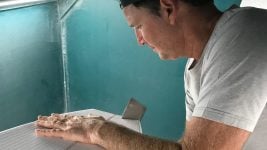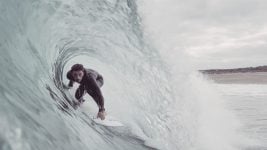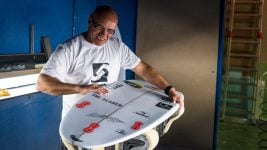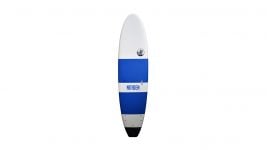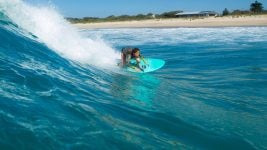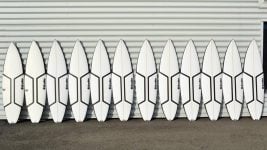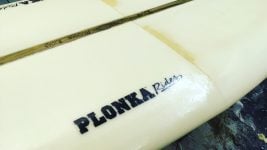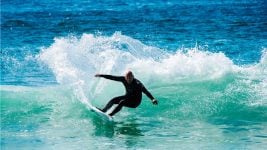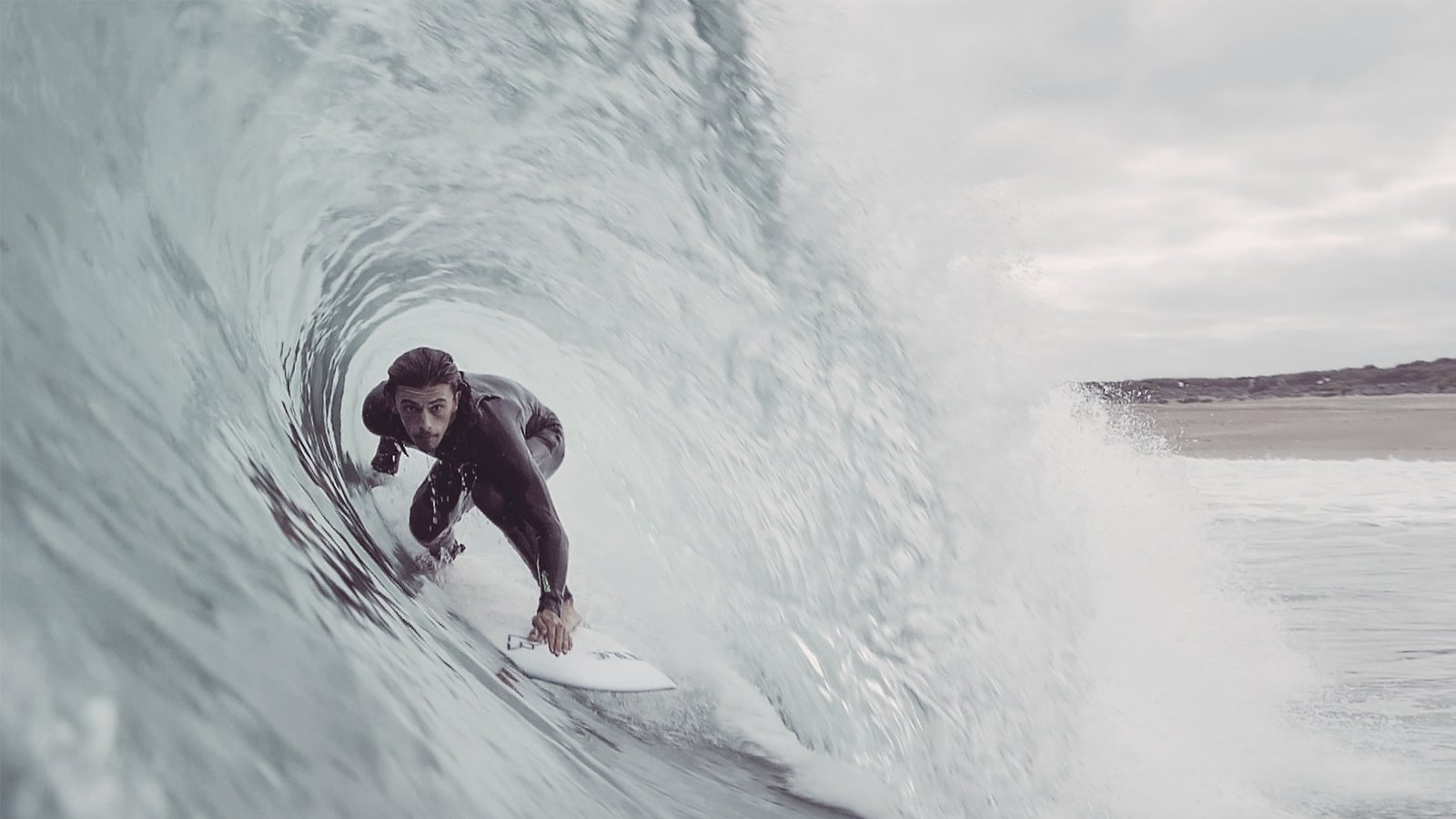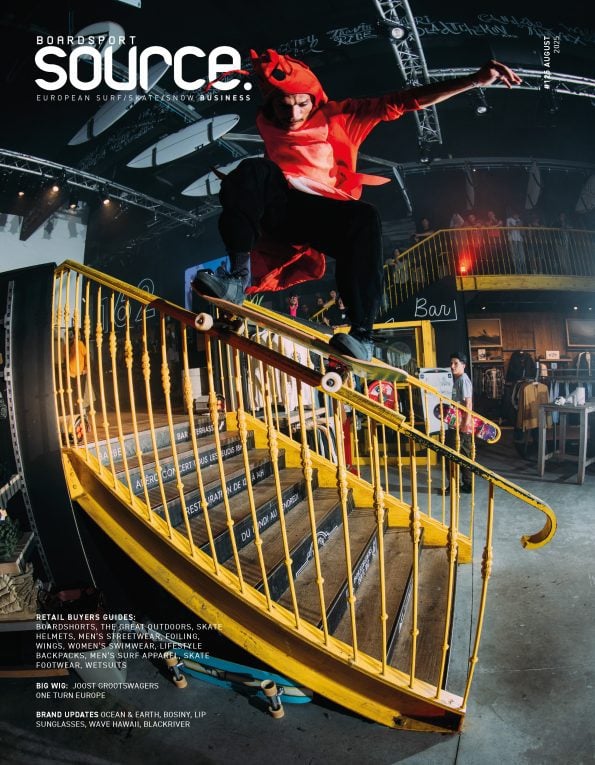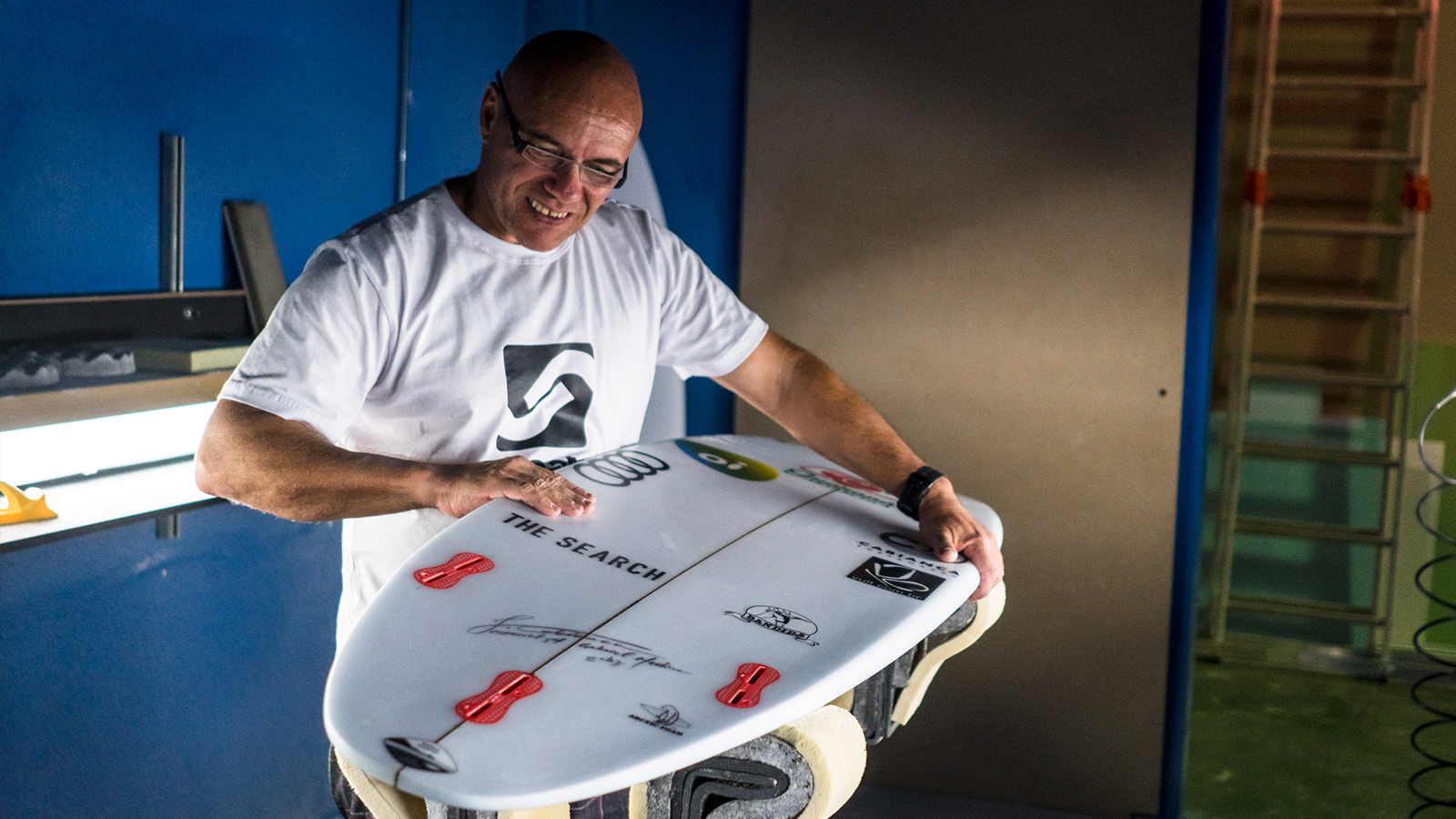
Cabianca Surfboards & Agote Surfboards 2018 Surfboards Preview
Retail Buyers Guide: Surfboards 2018
Company: Basque Country Surf Company
Brands: Cabianca Surfboards & Agote Surfboards
Interviewee: Johnny Cabianca, Co-Owner, Co-Founder, Shaper.
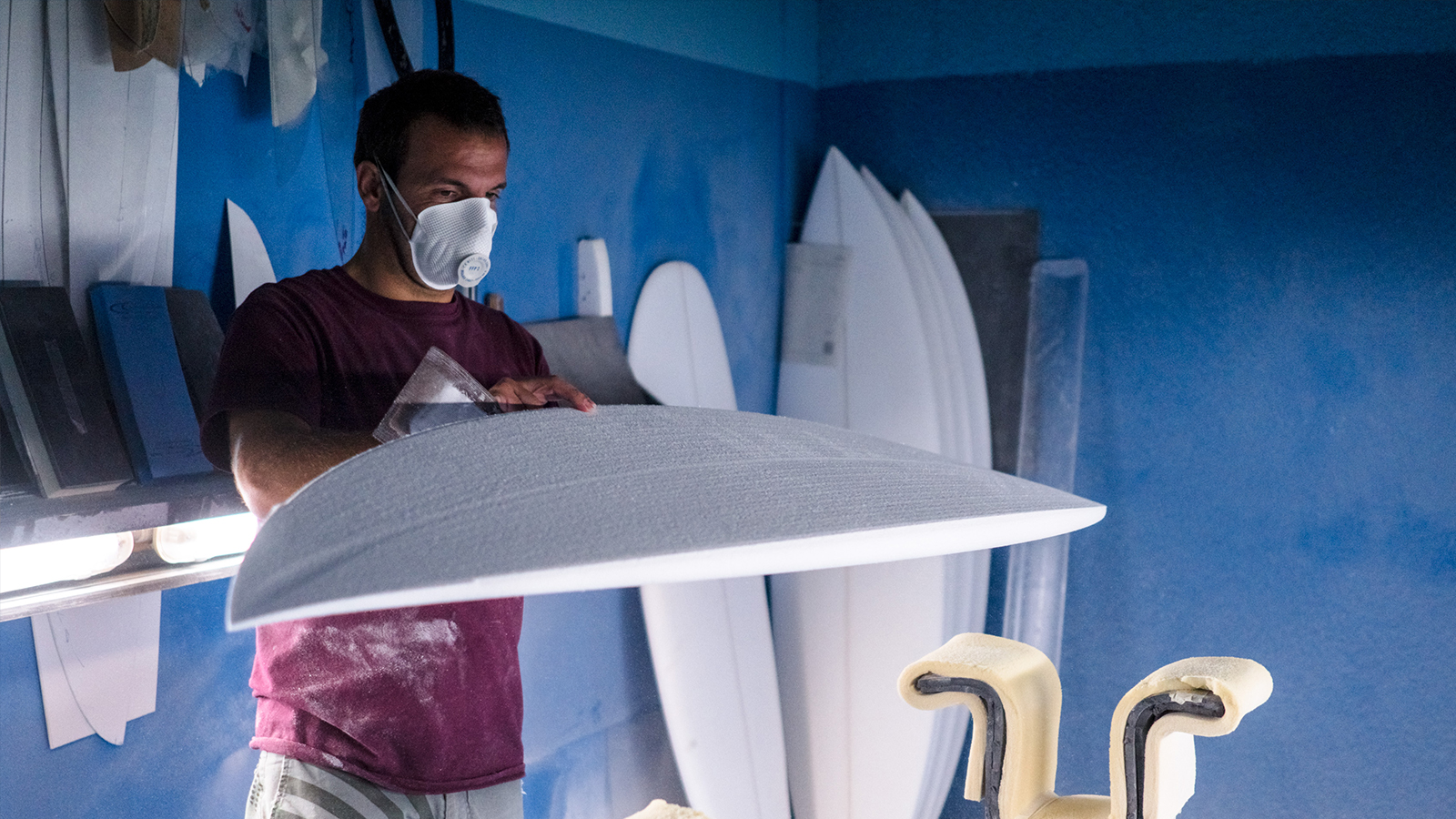
OVERALL TREND
Is the market expanding at the same pace than the previous years? (one or two-figure growth?)
My feeling is the market is growing faster than ever. Surf forecasting continues to improve and is getting easier than ever, so inland surfer numbers are rapidly on the rise. Participation continues to increase, therefore the market is still growing.
What about the demographics of your end consumers? (kids, teens, adults, senior surfer, male/female…)
Cabianca is known as a high-performance surfboard brand thanks to our long association with Gabriel Medina, so core surfers are our biggest user group. Basically, the people looking for Cabianca Surfboards are advanced surfers looking for a high-performance board. Groms are another focus: 10% of the boards we do are for little rippers (boards under 5’2). Then many teenage competitors are looking for Johnny’s boards, while Agote’s customers are more adults. We have around 80% male, 20% female customers.
Which areas/countries register the strongest growths?
Well, the Medina factor means Brazil is the biggest market for Cabianca (boards produced at http://www.pro-ilha.com.br/, not in the Basque Country).
But my long tenure at a surfboard production in Spain meant that when we started our own factory in 2016, the Spanish Basque Country was the place that felt most like ‘home’ for me and it’s where Mikel Agote is from.
Israel and Canaries were our strongest markets in 2017. Followed by France where we work with many athletes. In 2018, we started really well with new partners in Morocco and Japan which seem to be promising markets. But what’s most interesting is how much growth we’re seeing in non-traditional surf countries: standing wave scenes are springing up like daisies in countries like Switzerland and Germany. As my wife is from Switzerland and has many connections to the boardsport scene from her snowboarding background. Meanwhile in Israel, a country with a strong surf scene, but limited access to quality surf, they’re building a standing wave in a shopping mall… and our partner Zvulun/Surfline is opening the first Cabianca store there (April 2018)!
BOARD DESIGN
The performance/hybrid shortboard is a staple design, but what are the subtle evolutions for 2018?
Currently, the main area for progress is in materials, rather than shaping. Especially the new era of EPS/epoxy options. Every factory has their own structure/concept, and with our own TorFlex system in development, we’re set to become a leading player in this sector.
Retro-inspired models are doing good as well, driven by the comeback of the traditional twin fish design in the last 2 to 3 years. Do you confirm?
Yes, retro designs, especially those updated with modern performance are definitely in demand. Cabianca’s twin model is selling really well, and Agote’s summer toys are among his best selling models.
Do entry-level boards benefit from those previously mentioned trends (the shorter yet easier hybrid shortboard, the chubby outline and good looking of the neo-retro models…)
Definitely. I’d go further and say that all boards, from entry level through to high-performance shortboards, continue to evolve thanks to the re-visiting of ideas from the ‘60s and ‘70s.

Do you cater to the longboard user?
Yes, we’ve been producing quite a lot of longboards lately, both performance as well as classic designs.
CONSTRUCTIONS
Fancy EPS stringered models are making much noise: is the traditional PU model (soon) dead?
The PU is still the most used construction type and will continue to be for some time. We guess about 20% of surfboards are currently produced in EPS/epoxy. We believe in EPS – to the point we’ve just launched an EPS blanks company
For now, 99% of the surfers on the WCT are using PU boards. Once the pros start using other construction types that work as well (or better), then the public will follow… but we’re not there yet.
Are top techs from the premium models trickling down to the lower ranges?
That really depends on what you mean by ‘premium’. The pros are still using the cheaper PU/polyester boards, so from that perspective boards made with more modern/expensive/complex construction are not premium. As long as the cheaper method of construction is ‘premium’ there’s no point in trying to make a cheap board with expensive construction!
What’s your take on advanced constructions for 2018?
There’s no question that the future is coming fast, so alongside our PU/polyester boards were busy experimenting with a wide range of different materials, construction techniques and our EPS blanks business.
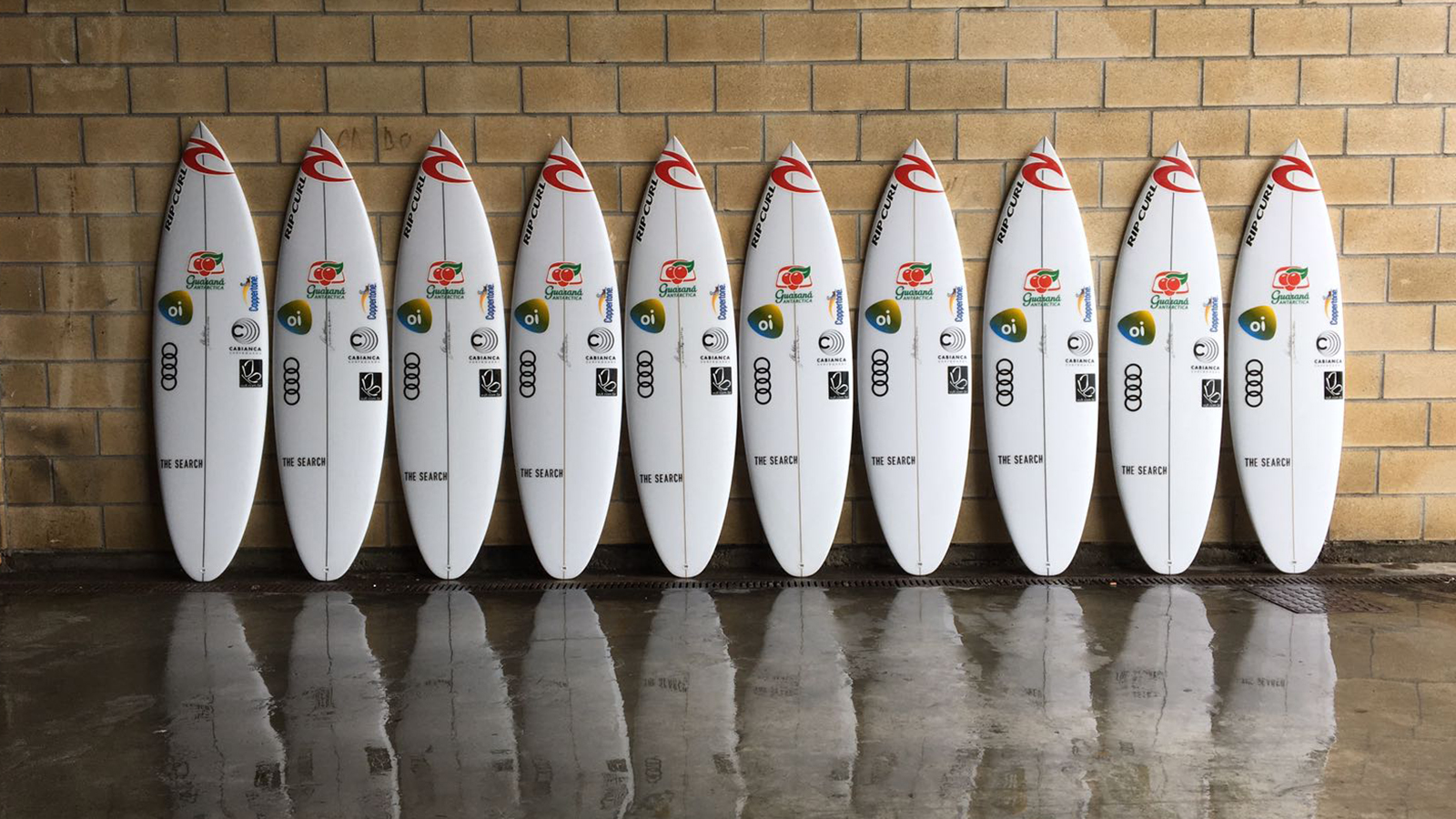
PUBLIC DEMAND
What are your top 3 selling boards? (Why those?)
Cabianca: The three performance models: DFK, The Medina, Bandida, as well as the Muleke for kids. Because as mentioned before, the people looking for Johnny’s boards are mostly looking for performance boards, and these are his main models.
Agote: Mikel made his name surfing and shaping boards for the heavier spots in the Basque Country. Mikel’s main customers reflect this: hardcore surfers looking for a fun summer toy (Apex), a performance board (Rider) for classic days and their Indo trip, and a gun (Torpedo) for the biggest days.
PRICE POINT
The high-end shortboard is getting closer to the 1.000 Euros mark (well, at least breaking the 900 Euros): price isn’t an issue, quality/performance is?
The WCT is probably the best barometer to see if a performance surfboard works: Cabianca Surfboards have been in the men’s top 3 since 2014 with Gabriel Medina, and kids from all over the world are winning contests with Cabianca boards on the junior tour. Check the podiums and check the surfboard construction. Are any of these 900 Euro boards on a podium? No. In surfing, price doesn’t always reflect performance or mean a board works well.
Is the 600 euro segment (in shortboards) of any interest?
That is our main segment. Our regular boards are high quality, and cost below 600 Euros. Meanwhile, many of our reps would like to have cheaper boards (around 500 Euro), they say many people are looking for this, but it’s hard to impossible to produce boards in this price range here in Europe.
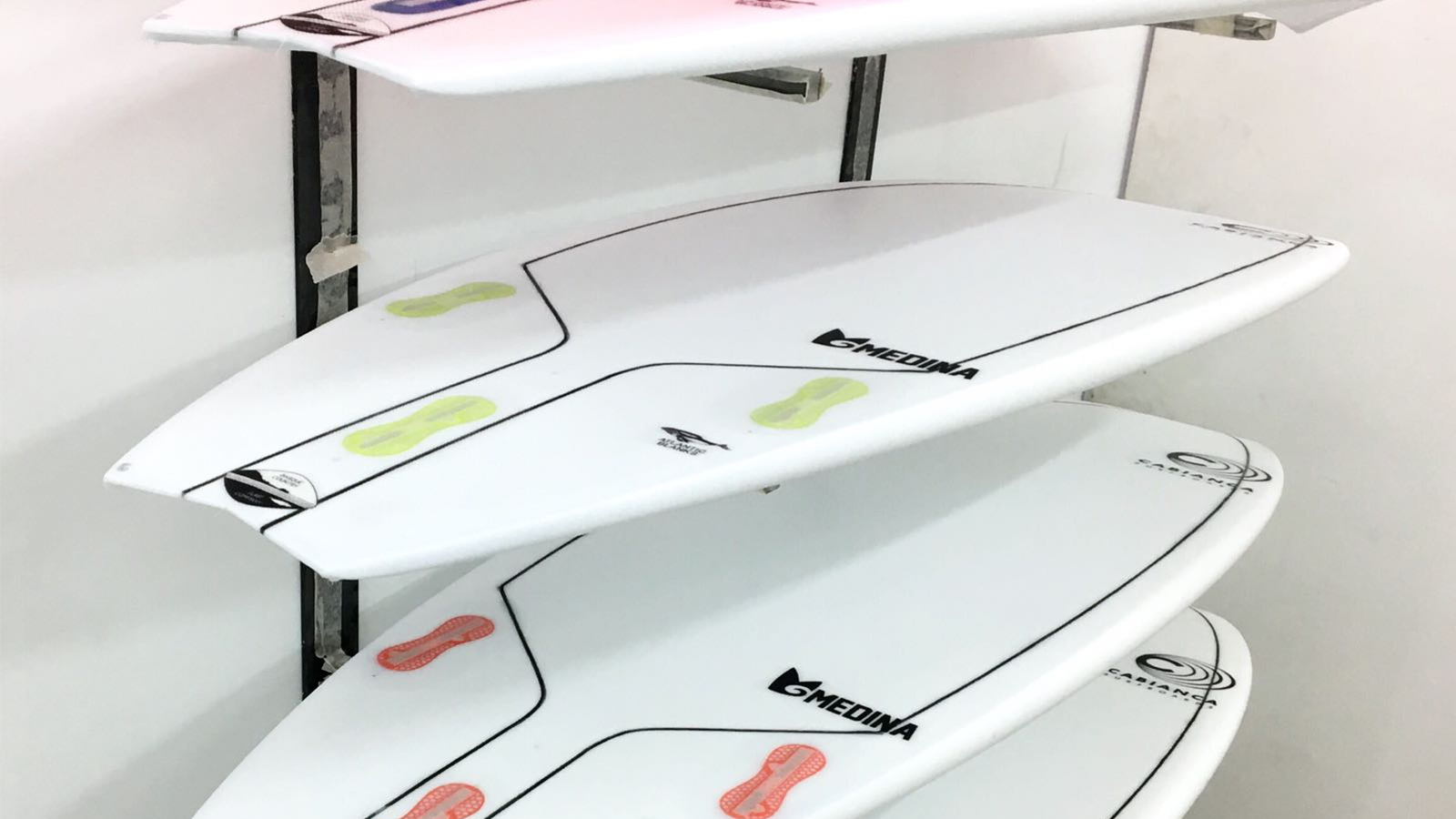
GO GREEN
What are the house politics regarding greener materials, wastes and safety conditions on the production line?
We all know that surfboard manufacturing is far from sustainable, and although we don’t have all the answers, we are taking positive steps to change this. PU/Polyester: there is very little scope to improve here, all you can hope to do is use our experience to waste fewer materials during the manufacturing process.
It’s another story with EPS and Epoxy: EPS foam is more recyclable and there is a range of more sustainable resins on the market. Also, we’re aiming to eliminate plastic from our packaging very soon, which is a good start.
RETAILERS’ HELP
What do you offer to shop owners so they can still have an edge on the sales pitch (compared to the online info)?
There’s nothing better a surfer can do than talk directly to their shaper and get a custom board made. By extension, most of our reps and shop owners ask us for direct recommendations, which we are always happy to provide. Almost every board done at our factory is custom made, and that’s what you lose when you shop online.
KEY PRODUCTS
Take us through your two key products for 2018.
Cabianca: The custom board you order from Johnny is guaranteed to be designed, shaped and signed by Johnny; made with exactly the same care and attention to detail as the boards he makes for a world champion.
Agote: besides his wide range of performance shortboards, Mikel’s focus is guns. Even though they don’t make the main business in quantity, they are key to his brand.
Plus with both brands, we are developing boards for wave pools/river surfing with top surfers in this area from Germany and have a project going to make high-quality wake surfboards.




